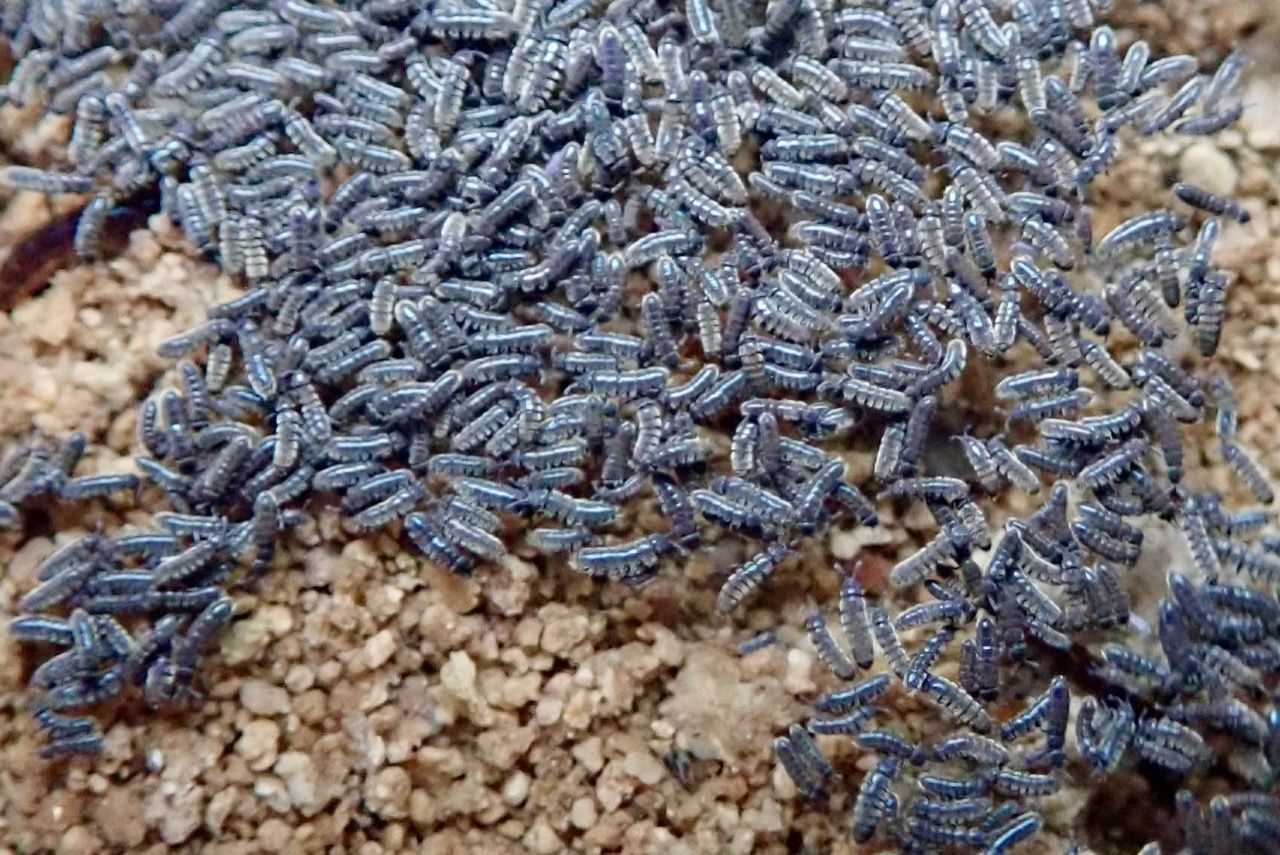One day after Valentine’s Day, and the love continued: there was little wind and the seas were gentle today. Even with just a soft breeze there were big birds around: white-chinned petrel, black-browed albatross, and the biggest of them all, the wandering albatross. The big seabirds need at least some wind to stay more or less effortlessly aloft. Today had the bare minimum, which was good for us.
We are now less than a day away from sighting land, and our memories are very clear, vivid perhaps. It has been a great voyage. Four species of whales were sighted, including multiple encounters with humpback and killer whales. Penguins abound as well as other birds and the seals that we saw every day. There was action: killer whales hunting penguins, leopard seals hunting penguins, and everything hunting krill.
The scenes of the young Adélie penguin’s first encounter with the sea will remain with me forever. The young penguins were nervous and unsure, their parents gone as they gathered at the edge of the sea. A few would tentatively go in, only to rush out after a few moments. Then suddenly, they would all go in, scores of buoyant, squawking penguins, through the portal to their future, if they escape cruising leopard seals and, later, pods of killer whales.
So, what do you ask about when you have seen it all? With a joking air you could ask about even the insects of Antarctica! Oh, they were there, everywhere, just hard to see. Even the lichens were good, their colors and shapes. Among them were the little, overlooked things, spotted just in time. While looking at lichens, I was fortunate to see a tiny pool of water, part of a shallow stream. In this tiny pool, floating on the surface were hundreds of blue springtails, tiny, almost the size of a caraway seed in a loaf of rye bread. Springtails are sometimes called the “elephants of Antarctica” because they are actually the largest land predators on the continent. They were considered insects until they were voted out of the class. Now they are a sister group to the insects in the subphylum Hexapoda. Like insects, they have six legs, but unlike insects, they have internal mouthparts. So there you have it, we saw it all!







